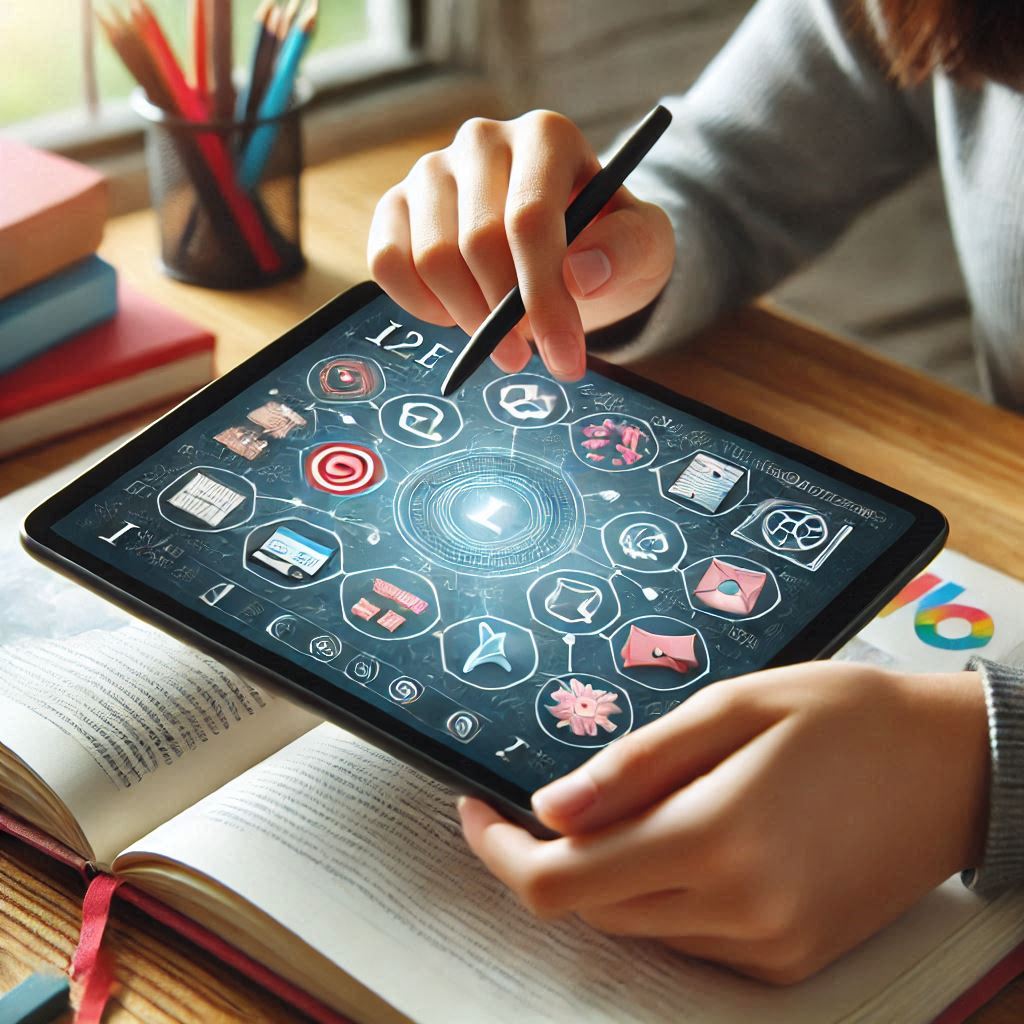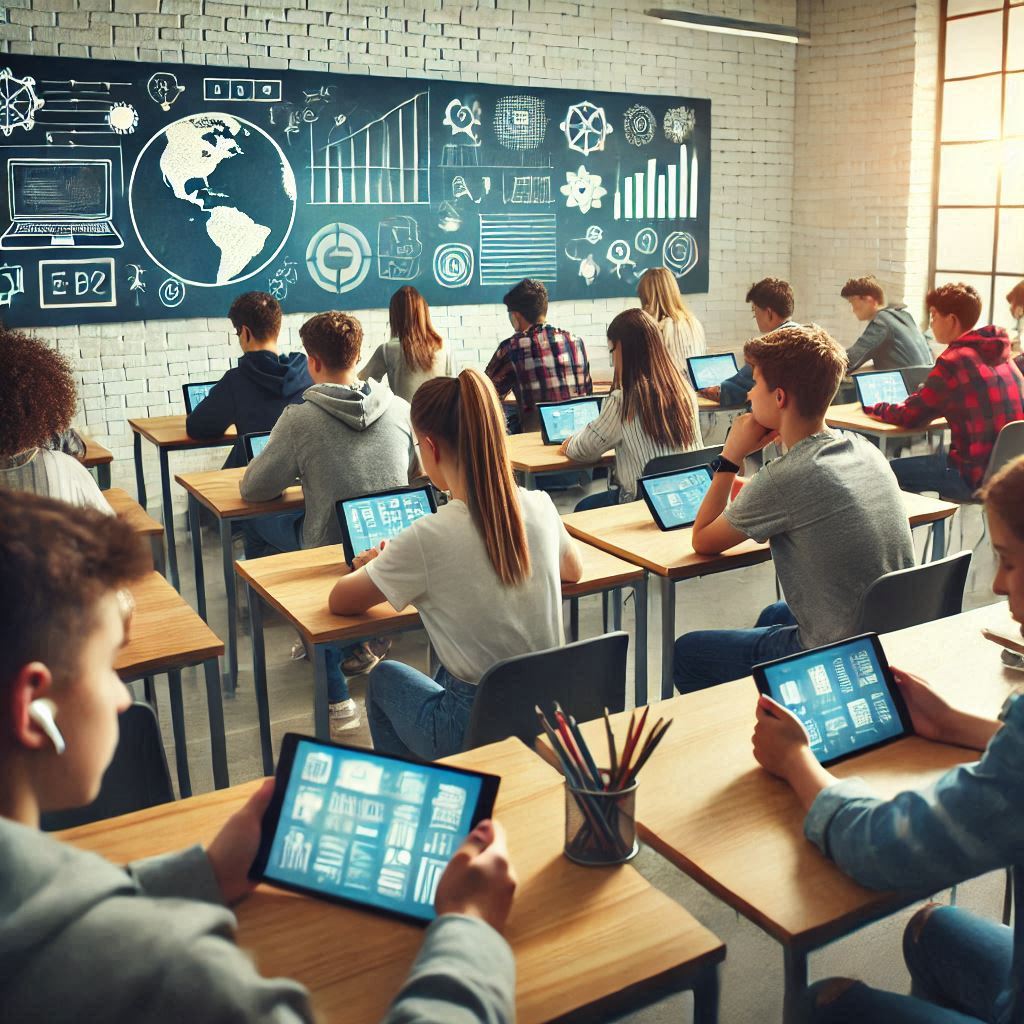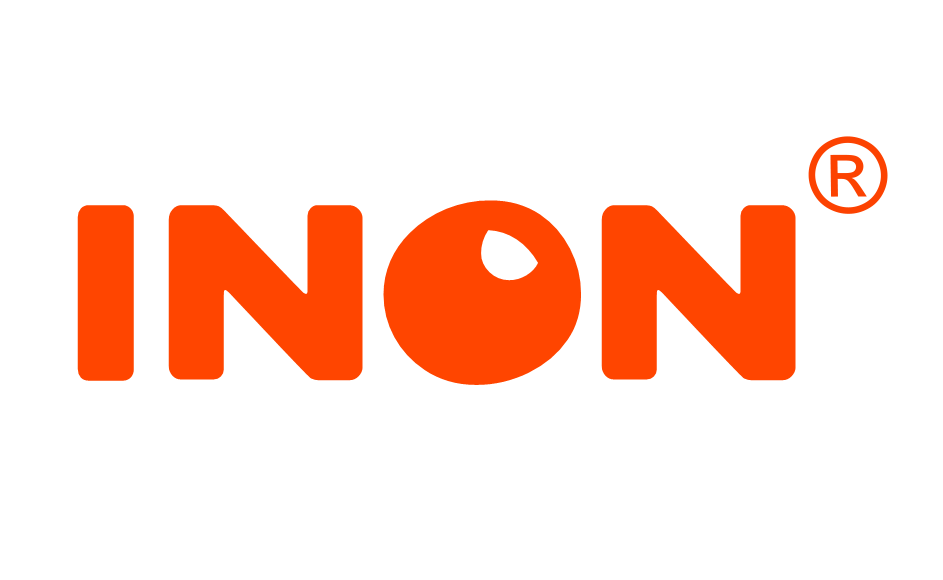
In today’s rapidly evolving educational landscape, traditional teaching methods are giving way to innovative approaches that leverage technology to enhance learning experiences. Smart content, smart classes, and smart boards are at the forefront of this educational revolution. These tools are transforming the way students learn and teachers teach, making education more interactive, personalized, and effective. Let’s explore how these advancements are revolutionizing education.
1. Smart Content: Personalized Learning Experiences
Smart content refers to digital educational materials that are interactive, adaptive, and tailored to individual learning needs. Unlike traditional textbooks, smart content can adjust to the pace and style of each learner, providing a more personalized experience.
Benefits of Smart Content:
- Interactive Learning: Smart content often includes multimedia elements such as videos, animations, and simulations that engage students and make learning more enjoyable.
- Adaptive Learning: These materials can adapt to a student’s progress, offering additional support or advanced challenges as needed.
- Accessibility: Digital content can be accessed anytime, anywhere, making it easier for students to study at their own pace.
Example: An online math platform that uses smart content to provide interactive lessons and practice problems. The platform tracks student progress and adapts the difficulty level based on their performance, ensuring that each student receives the right level of challenge and support.
2. Smart Classes: Enhanced Interaction and Collaboration
Smart classes utilize technology to create a dynamic and interactive learning environment. This approach often involves the use of tablets, laptops, and other digital devices to facilitate real-time interaction and collaboration between students and teachers.

Benefits of Smart Classes:
- Engagement: Interactive tools and multimedia content keep students engaged and motivated to learn.
- Collaboration: Digital platforms enable students to work together on projects, share ideas, and learn from each other.
- Instant Feedback: Teachers can provide immediate feedback on assignments and assessments, helping students understand their mistakes and improve.
Example: A smart classroom equipped with tablets and interactive whiteboards. Students use tablets to participate in quizzes and polls, collaborate on group projects, and access digital textbooks. Teachers use the interactive whiteboard to display multimedia presentations and annotate lesson materials in real time.
3. Smart Boards: Interactive and Visual Learning
Smart boards, also known as interactive whiteboards, are large touch-sensitive screens that can display digital content and respond to user input. These boards are replacing traditional chalkboards and whiteboards, offering a more interactive and engaging way to teach.
Benefits of Smart Boards:
- Interactive Lessons: Teachers can create dynamic lessons that incorporate videos, images, and interactive activities.
- Visual Learning: Smart boards support visual learning by allowing teachers to display charts, graphs, and other visual aids.
- Collaboration: Students can interact with the content on the board, making it easier to collaborate on projects and participate in class discussions.
Example: A history teacher uses a smart board to display an interactive timeline of significant events. Students can tap on different dates to view detailed information, watch related videos, and participate in quizzes.
Conclusion
The integration of smart content, smart classes, and smart boards is revolutionizing education by making it more interactive, personalized, and effective. These tools are helping students stay engaged, improve their understanding, and achieve better learning outcomes. As technology continues to advance, the potential for smart education to transform the educational landscape is limitless.

Leave a Reply